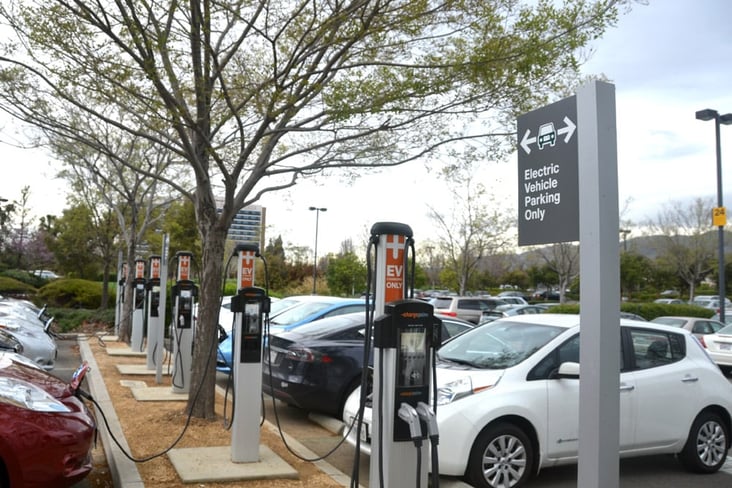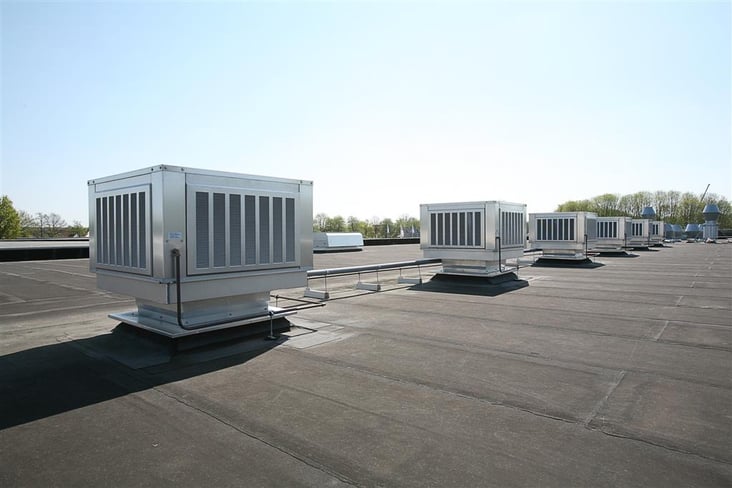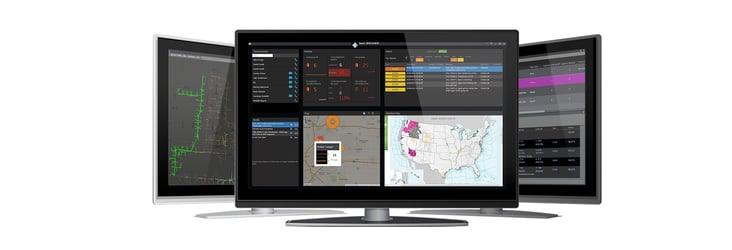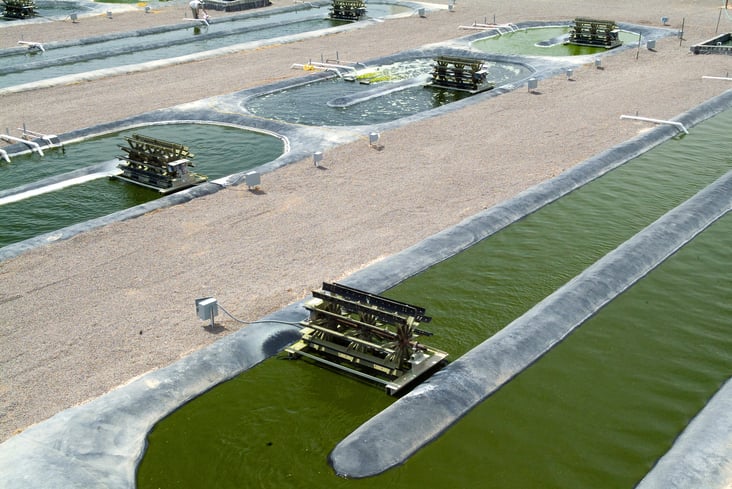This post is one in a series featuring the complete slate of advanced energy technologies outlined in the report This Is Advanced Energy.

Lighting accounts for 20% of energy use in commercial buildings and 10% of energy use in residential buildings. Installing efficient lighting is one of the lowest cost, fastest payoff energy efficiency improvements available today. Advanced lighting technology includes light-emitting diodes (LEDs), energy-saving incandescent bulbs, and compact fluorescent lamps (CFLs). LEDs, especially, are transforming lighting markets today — once limited to niche applications, they can now be used in virtually any lighting application. LED lighting is five to six times more efficient than incandescent bulbs and up to 1.5 times more efficient than CFLs. LEDs are typically dimmable and especially well suited for use with intelligent lighting controls, which use sensors to collect environmental information (such as occupancy or ambient light) and automatically adjust light levels, cutting lighting energy use by 80% to 90%. The market for high-efficiency bulbs is well developed, with demand for conventional incandescent lights dropping by half from 2007 to 2012 as efficient bulbs have come to dominate the market.
Read More
Topics:
This Is Advanced Energy
This post is one in a series featuring the complete slate of advanced energy technologies outlined in the report This Is Advanced Energy.

Electric vehicle charging infrastructure has developed quickly over the past few years as the number of plug-in electric vehicles (PEV) on the road has risen significantly. Most EV charging infrastructure uses “Level 1” charging (standard outlet voltage, which requires no additional equipment) or “Level 2” stations (charging at higher voltage, which is faster but requires special equipment). In addition, there are a small number of “Level 3” direct current (DC) fast-charging stations, such as Tesla’s “Supercharger” stations, which can charge vehicles in a matter of minutes. Most PEV owners have charging equipment at home, but public charging infrastructure is becoming more prevalent.
Read More
Topics:
This Is Advanced Energy
This post is one in a series featuring the complete slate of advanced energy technologies outlined in the report This Is Advanced Energy. 
Image courtesy of Colt.
Heating, ventilation, and air conditioning (HVAC) systems consist of air conditioners, heat pumps, boilers, furnaces, and chillers, as well as the associated controls, air handlers, ductwork, and piping. Heating and cooling represent the largest source of energy consumption in the residential and commercial sectors, accounting for roughly 50% of energy consumed by a typical U.S. home and 40% in commercial buildings. Chillers alone can account for 35% to 50% of a commercial building’s energy use. Improvements in efficiency derive from various technological innovations, such as variable speed drives (which reduce energy use by electric motors) and increased heat exchanger surface area (which improves overall energy transfer to the conditioned space). Advanced HVAC systems also have sensors and controls that communicate with sophisticated energy management systems to further reduce energy use, improve comfort, and cut maintenance costs. Residential customers can also reduce home energy use through equipment upgrades and by using programmable thermostats such as a Nest Learning Thermostat, which can reduce heating and cooling costs by more than 20%.
Read More
Topics:
This Is Advanced Energy
This post is one in a series featuring the complete slate of advanced energy technologies outlined in the report This Is Advanced Energy.

Image courtesy of AEE member GE.
Building on new tools such as distribution automation and advanced metering infrastructure, utilities have begun to harness a number of advances in software and IT to improve the management and operation of the distribution system. These include Distribution Management Systems (DMS), which synchronize automated reclosers, capacitors, and other systems that manage the flow and quality of power on the distribution system; Outage Management Systems (OMS), which pinpoint faults and dispatch repair crews quickly; and Geographic Information Systems (GIS), which plot equipment, lines, and faults. These systems often run on different platforms from different vendors, requiring operators to use multiple interfaces and manually compile information.
Advanced Distribution Management Systems (ADMS) combine all of these functions on a single, integrated software platform that also makes use of other systems such as AMI.
Read More
Topics:
This Is Advanced Energy
This post is one in a series featuring the complete slate of advanced energy technologies outlined in the report This Is Advanced Energy.

Second generation biofuels describes a wide range of fuel pathways that offer one or more advantages over first generation biofuels. The distinguishing characteristics of second generation biofuels are: (a) they use a non-food feedstock (so-called lignocellulosic biomass, such as field crops residues, forest products residues, or fast-growing dedicated energy crops), and (b) the fuel
is a “drop-in” replacement for conventional petroleum-based fuels, meaning there are no limits on blending, or they can be used as is (without blending) in existing vehicles. Some second generation biofuels feature both characteristics, whereas others offer just one. The following are the main types of second generation biofuels in use or under development:
Read More
Topics:
This Is Advanced Energy




